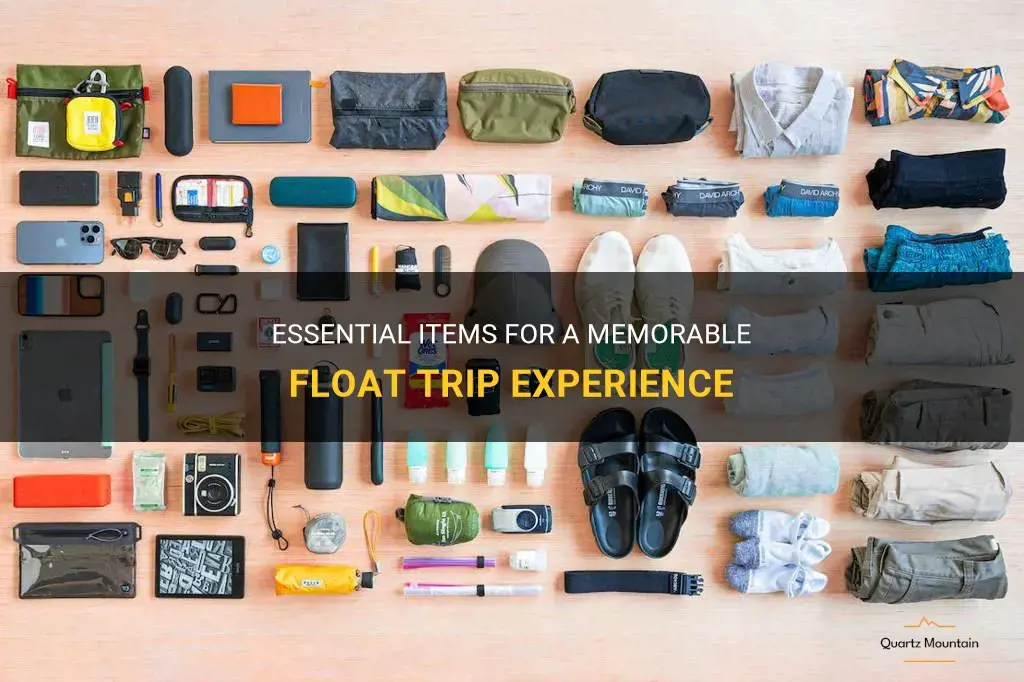
Are you ready to embark on a thrilling adventure down the river? Whether you're a seasoned explorer or a first-time floater, one thing is certain - a memorable float trip experience requires essential items. From sunscreen to waterproof bags, these must-haves will ensure a smooth and enjoyable journey. So grab your friends, pack your bags, and get ready for the ultimate float trip experience!
| Characteristics | Values |
|---|---|
| Appropriate clothing | Swimwear, shorts, t-shirts, hat, sunglasses, water shoes |
| Sun protection | Sunscreen, lip balm with SPF, wide-brimmed hat |
| Waterproof bags or containers | Dry bags, waterproof phone case, waterproof camera case |
| Water safety gear | Personal flotation devices, whistle, rope, first aid kit |
| Snacks and water | Bottled water, energy bars, fruits, trail mix |
| Navigation tools | Map, compass, GPS device |
| Camping equipment | Tent, sleeping bag, camping stove, cooking utensils |
| Personal hygiene items | Toothbrush, toothpaste, soap, towel, toilet paper |
| Insect repellent | Bug spray or lotion |
| Entertainment | Books, playing cards, portable speaker |
| Emergency contact information | Phone numbers of local authorities, emergency contacts |
| Cash and identification | Money, ID, credit cards |
| Camera equipment | Camera, extra batteries, memory cards |
| Miscellaneous | Trash bags, ziplock bags, multitool, duct tape |
What You'll Learn
- What are the essential items to pack for a float trip?
- Are there any specific clothing items or accessories that are necessary for a float trip?
- What type of food and drinks should I bring for a float trip?
- What safety equipment or supplies should I include in my packing list for a float trip?
- Are there any additional items or tips to consider when packing for a float trip?

What are the essential items to pack for a float trip?
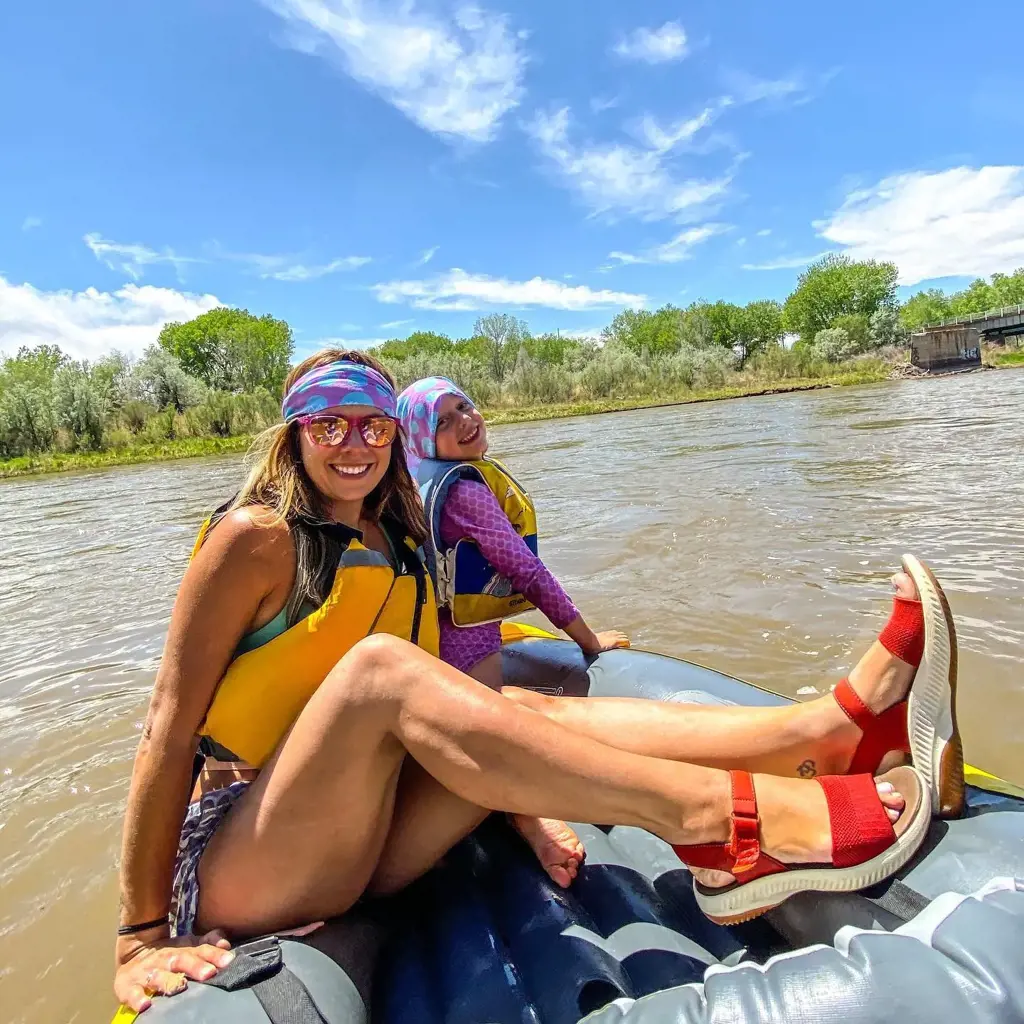
A float trip is a fun outdoor activity where you leisurely float down a river or stream in a canoe, kayak, or raft. It's a great way to relax, enjoy nature, and bond with friends and family. However, before embarking on a float trip, it's important to pack essential items to ensure a smooth and enjoyable experience. Here is a list of items you should consider packing for a float trip:
- Personal Floatation Device (PFD): The first and most important item to pack for a float trip is a PFD for each person. A PFD is a life jacket that will keep you afloat in case you fall into the water. It is crucial to wear a PFD at all times during the float trip, as even calm rivers can have unexpected currents or obstacles.
- Sun Protection: When spending a day on the water, it's essential to protect yourself from the sun's harmful rays. Pack sunscreen with a high SPF, a wide-brimmed hat, sunglasses, and lightweight, quick-drying clothing to cover your skin.
- Water and Snacks: Staying hydrated is crucial during a float trip, especially on hot summer days. Pack plenty of water and snacks to keep your energy levels up. Opt for non-perishable snacks such as granola bars, trail mix, and fruits like apples or oranges.
- Waterproof Bag and Dry Bags: To keep your belongings dry, invest in a waterproof bag or dry bags. These bags are designed to keep your essentials like phones, wallets, and keys safe from moisture. Double bagging your items with plastic bags can also provide extra protection.
- First Aid Kit: Accidents can happen, even during a leisurely float trip. Make sure to pack a basic first aid kit with essentials such as band-aids, antiseptic wipes, gauze pads, and adhesive tape. It's always better to be prepared for any minor injuries that may occur.
- Navigation Tools: It's important to know your route and have a basic understanding of how to navigate the river or stream. Pack a waterproof map or a GPS device to guide you along the way. Additionally, a whistle or a signaling device can be useful in case of emergencies.
- Trash Bags: An essential part of responsible outdoor recreation is leaving no trace. Pack a few trash bags to dispose of your waste properly. Remember to leave the environment as pristine as you found it, as littering can harm wildlife and ecosystems.
- Comfortable Clothing and Footwear: Opt for lightweight, quick-drying clothing that provides sun protection and allows free movement. Avoid cotton clothing as it takes a long time to dry and can make you feel uncomfortable. Additionally, wear sturdy footwear that can handle wet conditions and possibly rocky riverbeds.
- Insect Repellent: Depending on the location and time of year, bugs and mosquitoes can be prevalent. Pack insect repellent to protect yourself from bites and potential diseases carried by insects.
- Extra Set of Clothes: After a day of floating down the river, you'll likely be wet and possibly muddy. Pack an extra set of dry clothes to change into after the trip. Having dry clothes to change into can make the journey home more comfortable and prevent you from catching a chill.
Remember, this list is not exhaustive, and you should consider additional items based on your personal needs and the specific float trip you are planning. It's always a good idea to research the area, check weather conditions, and consult with experienced floaters for any additional suggestions. By packing these essential items, you can ensure a safe, comfortable, and enjoyable float trip experience.
Must-Have Essentials for a Teenager's Carry-On Bag
You may want to see also

Are there any specific clothing items or accessories that are necessary for a float trip?
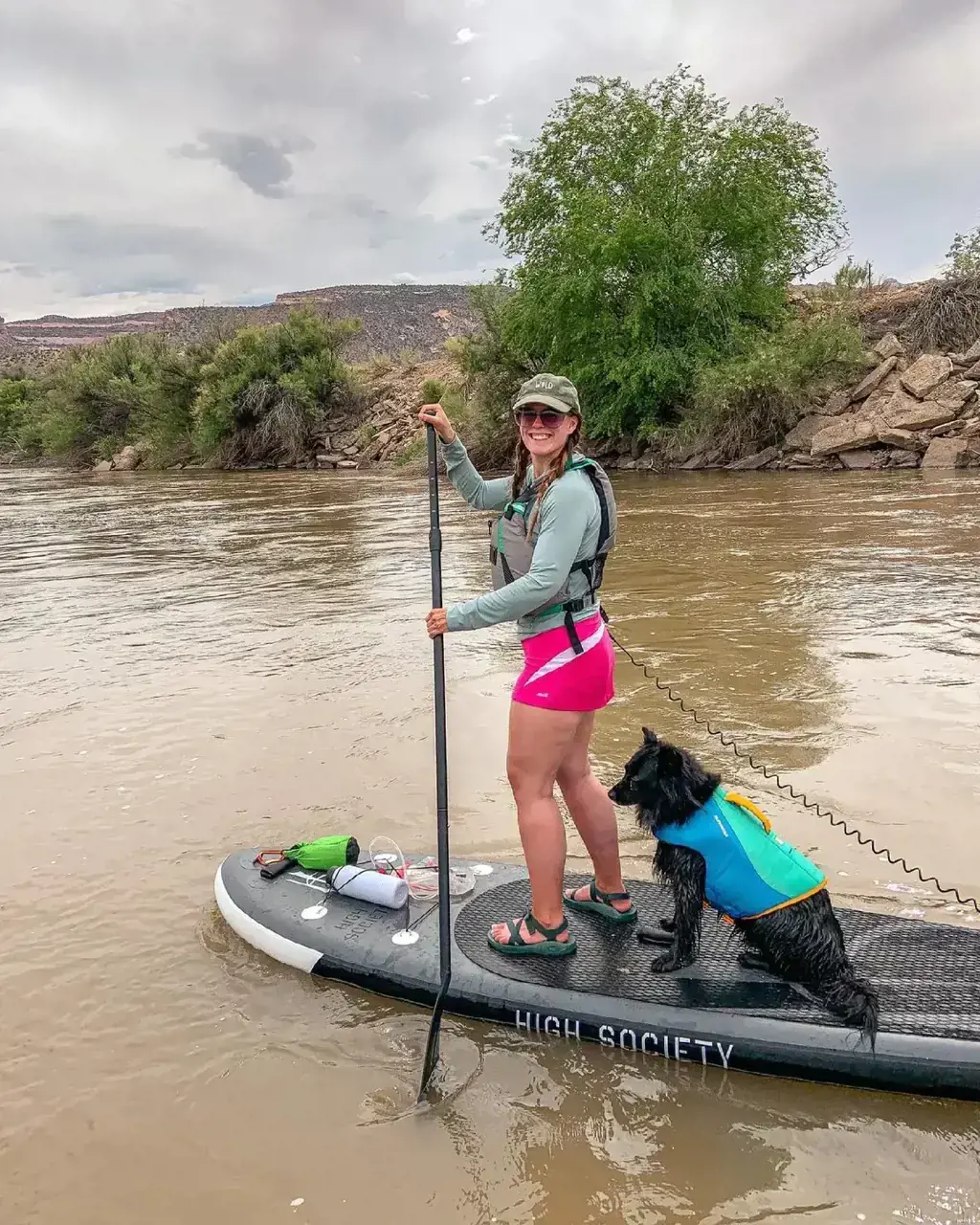
When planning a float trip, it is important to pack the necessary clothing items and accessories to ensure a comfortable and enjoyable experience on the water. While the specific items may vary depending on the location and duration of the trip, there are a few essential items that should be included in every float trip packing list.
First and foremost, it is important to wear appropriate swimwear or clothing that can withstand water exposure. Opt for quick-drying materials such as synthetic blends or nylon. Avoid cotton as it tends to absorb water and takes longer to dry, which can lead to discomfort and chafing. Additionally, choose swimwear that allows for freedom of movement and is comfortable for prolonged periods of sitting or floating.
Sun protection is another essential consideration for a float trip. Packing a wide-brimmed hat or a cap with a neck flap can provide shade and protect your face, neck, and ears from harmful UV rays. Sunglasses with UV protection are also crucial to shield your eyes from the sun. Furthermore, sunscreen with a high SPF should be applied liberally to all exposed skin, including your face, arms, and legs. Reapply sunscreen every few hours, especially if you will be spending an extended period of time on the water.
Footwear is another important aspect to consider when packing for a float trip. Water shoes or sandals with a secure strap are ideal, as they can keep your feet protected and prevent them from slipping off in the water. Look for footwear that offers good traction and support, as you may need to navigate slippery rocks or uneven terrain when getting in and out of the water.
In addition to clothing and footwear, there are a few essential accessories that should be included on your float trip packing list. A waterproof bag or dry bag is crucial for keeping your personal belongings, such as your phone, wallet, and keys, dry and secure while on the water. It is also a good idea to bring along a whistle, which can be used to signal for help in case of an emergency.
Finally, consider bringing a lightweight, dry-fit towel to dry off after getting out of the water. These towels are designed to dry quickly and are easy to pack. Additionally, a small first-aid kit with essentials such as band-aids, antiseptic ointment, and pain relievers can come in handy in case of any minor injuries or ailments.
In conclusion, when planning a float trip, it is important to pack the necessary clothing items and accessories to ensure a comfortable and enjoyable experience on the water. Swimwear or clothing that can withstand water exposure, sun protection gear, appropriate footwear, a waterproof bag, a whistle, a towel, and a first-aid kit are all essential items to include on your float trip packing list. By being prepared with the right gear, you can have a safe and enjoyable float trip adventure.
Essential Items for a Week in Puerto Rico: Your Ultimate Packing Guide
You may want to see also

What type of food and drinks should I bring for a float trip?

A float trip can be a fun and relaxing way to enjoy nature and spend time with friends or family. Whether you are floating down a river, lake, or even a lazy stream, it's important to pack the right kind of food and drinks to keep everyone well-fed and hydrated throughout the trip. In this article, we will discuss what type of food and drinks you should bring for a float trip, taking into account both nutritional needs and practical considerations.
When planning meals and snacks for a float trip, it is important to choose items that are easy to pack and eat on the go, as well as ones that will stay fresh without refrigeration. Here are some suggestions for food and drinks that are suitable for a float trip:
Water: Staying hydrated is crucial during any outdoor activity, so make sure to bring plenty of water. Opt for reusable water bottles or hydration packs to minimize waste and ensure you have enough water for everyone.
Fruits and Vegetables: Fresh fruits and vegetables are nutritious and refreshing options for a float trip. Choose fruits that are easy to eat and won't make a mess, such as grapes, berries, or sliced melons. For vegetables, consider packing pre-cut carrot sticks, cucumber slices, or cherry tomatoes.
Sandwiches and Wraps: Sandwiches and wraps are great options for a portable and filling meal. Choose hearty bread or tortillas and fill them with your favorite deli meats, cheese, and condiments. Avoid using mayonnaise or other perishable spreads to prevent food-borne illnesses.
Snack Bars: Granola bars, energy bars, and protein bars are convenient and pack a lot of nutrients in a compact form. Look for bars that are low in added sugars and have a good balance of protein, carbohydrates, and healthy fats. These are perfect to keep on hand for quick energy boosts during the float trip.
Trail Mix: A homemade or store-bought trail mix can provide a mix of protein, healthy fats, and carbohydrates to keep you energized throughout the day. Include nuts, dried fruit, seeds, and a sprinkle of dark chocolate chips for a sweet treat.
Hydration Drinks: In addition to water, consider bringing some hydration drinks to replenish electrolytes lost through sweating. Look for low-sugar options or consider making your own natural electrolyte drink using coconut water, a pinch of salt, and a squeeze of lemon or lime.
It's important to note that when packing food for a float trip, you should always prioritize food safety. Make sure to keep perishable items cool using ice packs or a cooler with ice. Avoid bringing foods that spoil easily, such as dairy products, raw meats, or fish. Instead, choose non-perishable or shelf-stable options that can withstand the heat and maintain their quality.
In conclusion, the key to packing food and drinks for a float trip is to choose items that are easy to transport, non-perishable, and provide the necessary nutrients to keep you energized and hydrated. Remember to bring plenty of water, opt for fresh fruits and vegetables, pack sandwiches or wraps, include snack bars and trail mix, and consider bringing hydration drinks as well. By planning your meals and snacks in advance, you can have a delicious and enjoyable float trip without compromising on nutrition or food safety.
Essential Items to Pack for Your Singapore Trip
You may want to see also

What safety equipment or supplies should I include in my packing list for a float trip?
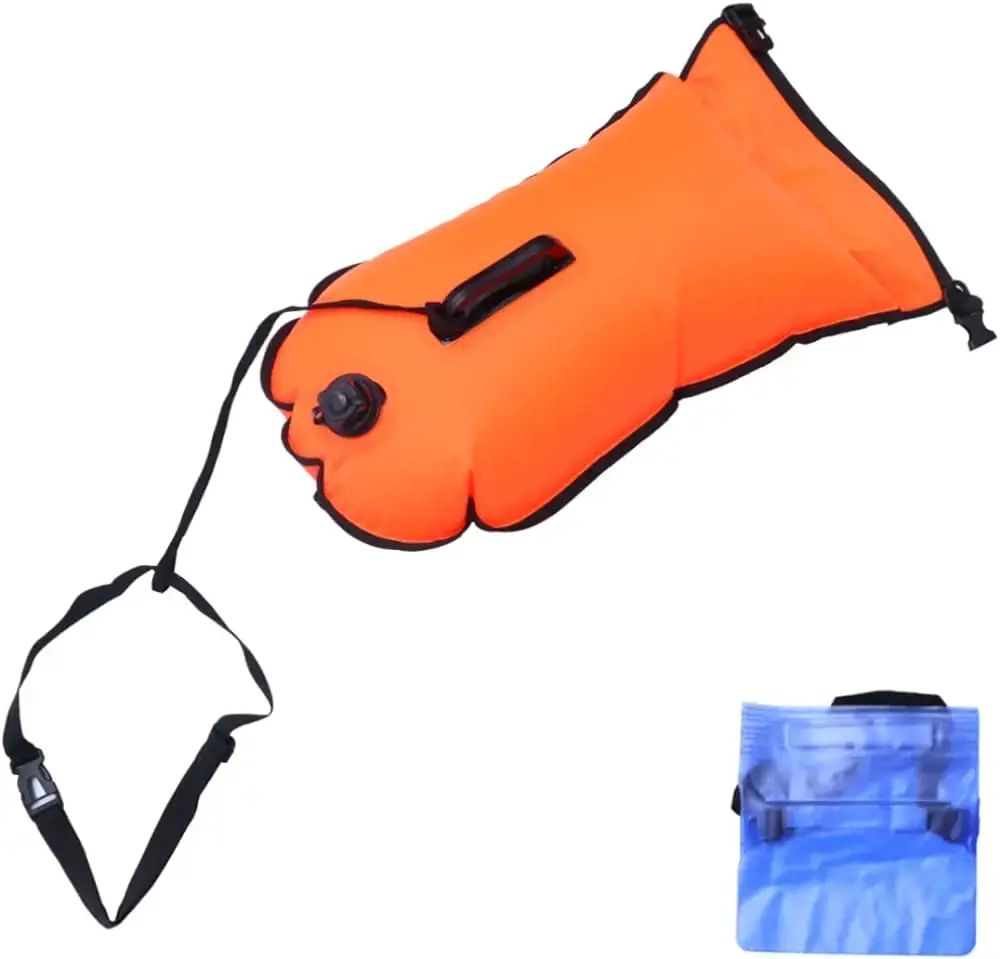
When preparing for a float trip, it is crucial to consider safety as a top priority. Whether you are going on a leisurely float down a calm river or embarking on a more adventurous whitewater excursion, having the right safety equipment and supplies can make all the difference. Here are some essential items to include in your packing list to ensure a safe and enjoyable float trip.
Personal Floatation Devices (PFDs)
One of the most crucial safety items to have on a float trip is a personal floatation device (PFD) for each person in your group. PFDs are designed to keep you afloat in the water and can be a lifesaver if you accidentally fall out of your watercraft. Make sure that each PFD is the appropriate size for the wearer and that it is properly fastened and snug.
Helmets
If you are planning to go on a whitewater float trip or encounter any rapids or rocky areas, wearing a helmet is highly recommended. A helmet can protect your head from potential injuries due to collisions with rocks or other obstacles in the water. Look for a helmet specifically designed for water sports that fits securely and has adequate padding.
Sun Protection
Spending hours on the water means prolonged exposure to the sun's harmful rays. To protect yourself from sunburn and potential long-term damage, pack sunscreen with a high SPF and apply it liberally before and during your float trip. Additionally, wearing a hat with a wide brim and sunglasses can help shield your face from the sun.
Safety Whistle
Having a safety whistle is essential for attracting attention in case of an emergency. It is a simple yet effective tool to alert others to your location if you become separated from your group or encounter any unexpected situations. Keep the whistle accessible, such as attached to your PFD or a lanyard around your neck.
Waterproof First Aid Kit
Accidents can happen even on the calmest of float trips, so it is essential to have a waterproof first aid kit on hand. Include items such as adhesive bandages, gauze pads, antiseptic wipes, blister pads, and any personal medications you may need. Consider taking a first aid and CPR course before your trip to be better prepared for emergencies.
Throw Bag or Rescue Rope
In case someone falls out of their watercraft or needs assistance in the water, having a throw bag or rescue rope can be a lifesaver. These items allow you to throw a flotation device or a rope to someone in need, helping them stay afloat or allowing you to pull them to safety.
Dry Bags or Dry Boxes
Protecting your personal belongings from getting wet is essential on a float trip. Investing in dry bags or dry boxes is a smart move to keep your essentials, such as cell phones, wallets, and extra clothing, safe and dry. These waterproof containers will ensure that your valuables stay protected even if your watercraft capsizes.
Communication Devices
Depending on the remoteness of your float trip location, it might be wise to bring communication devices such as a waterproof radio, a whistle with a built-in compass, or a waterproof phone case. These items can help you stay in touch with your group and call for help if needed.
Remember, safety is paramount on a float trip. Always check the weather forecast and water conditions before heading out, let someone know about your plans, and follow all local rules and regulations. By packing the right safety equipment and supplies, you can ensure a memorable and safe float trip experience.
Essential Items to Pack for an Unforgettable Spring Break Experience
You may want to see also

Are there any additional items or tips to consider when packing for a float trip?
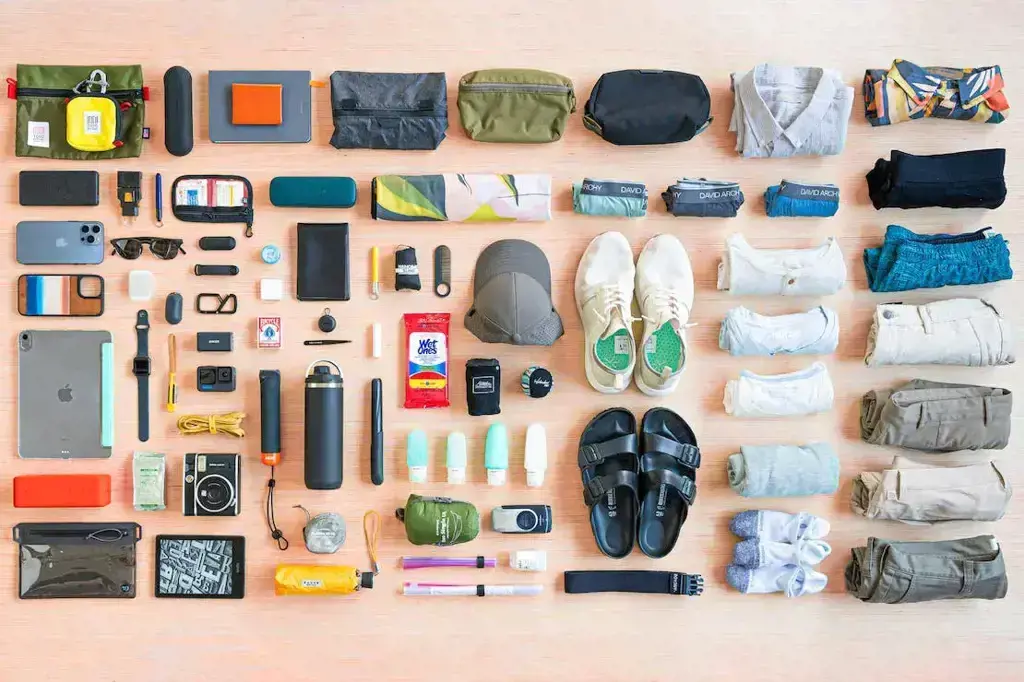
When packing for a float trip, it is important to consider all aspects of your trip to ensure you have everything you need. Whether you're going on a day trip or an extended expedition, there are a few additional items and tips to consider that can make your trip more enjoyable and safe.
- Life Jackets: One of the most important items to pack for a float trip is a life jacket for each person. Even if you are a strong swimmer, accidents can happen on the water, and it's better to be safe than sorry. Make sure the life jackets are properly fitted and in good condition.
- Dry Bags: Float trips often involve getting wet, so it's crucial to protect your belongings from water damage. Invest in some dry bags or waterproof containers to store your essentials. These will keep your clothes, food, and electronics dry throughout the trip.
- Sun Protection: Spending hours on the water means prolonged exposure to the sun. Pack sunscreen with a high SPF, a wide-brimmed hat, sunglasses, and a long-sleeved shirt to protect yourself from harmful UV rays. Remember to reapply sunscreen regularly, even if it's waterproof.
- Insect Repellent: Depending on the location and time of year, bugs can be a nuisance during a float trip. Avoid unpleasant encounters with mosquitoes and other biting insects by packing insect repellent. Look for a product that is effective against the specific pests in the area.
- First Aid Kit: Accidents can happen on a float trip, so it's essential to have a basic first aid kit on hand. Include items like band-aids, antiseptic wipes, tweezers, and pain relievers. Familiarize yourself with the contents of the kit and how to use them before setting off.
- Navigation Tools: If you're planning an extended float trip, navigation tools such as a map and compass or a GPS device are crucial. These will help you stay on course and prevent getting lost in unfamiliar terrain.
- Snacks and Water: Being out on the water can be physically demanding, so it's essential to stay hydrated and fueled. Pack plenty of water to drink throughout the trip and bring along some lightweight, non-perishable snacks to keep your energy levels up.
- Communication Devices: While it's nice to disconnect from technology during a float trip, it's essential to have a way to communicate in case of an emergency. Bring a fully charged cell phone or a portable radio to stay connected with the outside world if needed.
- Extra Clothing: No matter the weather, it's always a good idea to pack extra clothing. Depending on the season and location, the air and water temperatures can be cooler than expected. Bring layers that can be easily added or removed to ensure your comfort throughout the trip.
- Knowledge and Skills: Finally, make sure you're adequately prepared for the float trip by acquiring the necessary knowledge and skills. Take a course on water safety, learn basic paddling techniques, and familiarize yourself with local regulations and rules. Knowing how to handle different situations can help ensure a safe and enjoyable trip.
In conclusion, when packing for a float trip, don't forget to include essential items such as life jackets, dry bags, sun protection, insect repellent, a first aid kit, navigation tools, snacks and water, communication devices, extra clothing, and the necessary knowledge and skills. By considering these additional items and tips, you can make your float trip a memorable and safe experience.
Essential Items to Pack for a Relaxing Day at the Lake
You may want to see also
Frequently asked questions
When packing for a float trip, it is important to bring a few essential items. Firstly, you should pack plenty of sunscreen and bug spray to protect yourself from the elements. Additionally, it is important to bring a hat and sunglasses to shield your face from the sun's rays. You should also pack a waterproof bag or container to keep your valuables dry, such as your phone, wallet, and keys. Lastly, don't forget to bring snacks and plenty of water to stay hydrated during the trip.
When it comes to clothing for a float trip, it is crucial to wear comfortable and quick-drying attire. Opt for lightweight and breathable options, such as a swimsuit, rash guard, or moisture-wicking clothes. Avoid cotton fabrics, as they can take a long time to dry and may leave you feeling uncomfortable. Additionally, it is advisable to bring a change of clothes, including a warm layer like a lightweight jacket or sweater in case of cooler weather or rain.
Choosing the right footwear for a float trip is important for comfort and safety. Water shoes or aqua socks are highly recommended, as they provide protection for your feet, offer good traction on wet surfaces, and dry quickly. These types of shoes are ideal for walking in and out of the water, as well as navigating rocky riverbeds. It is also a good idea to bring a spare pair of footwear, such as sandals or flip-flops, to wear in camp or during breaks from the water.







